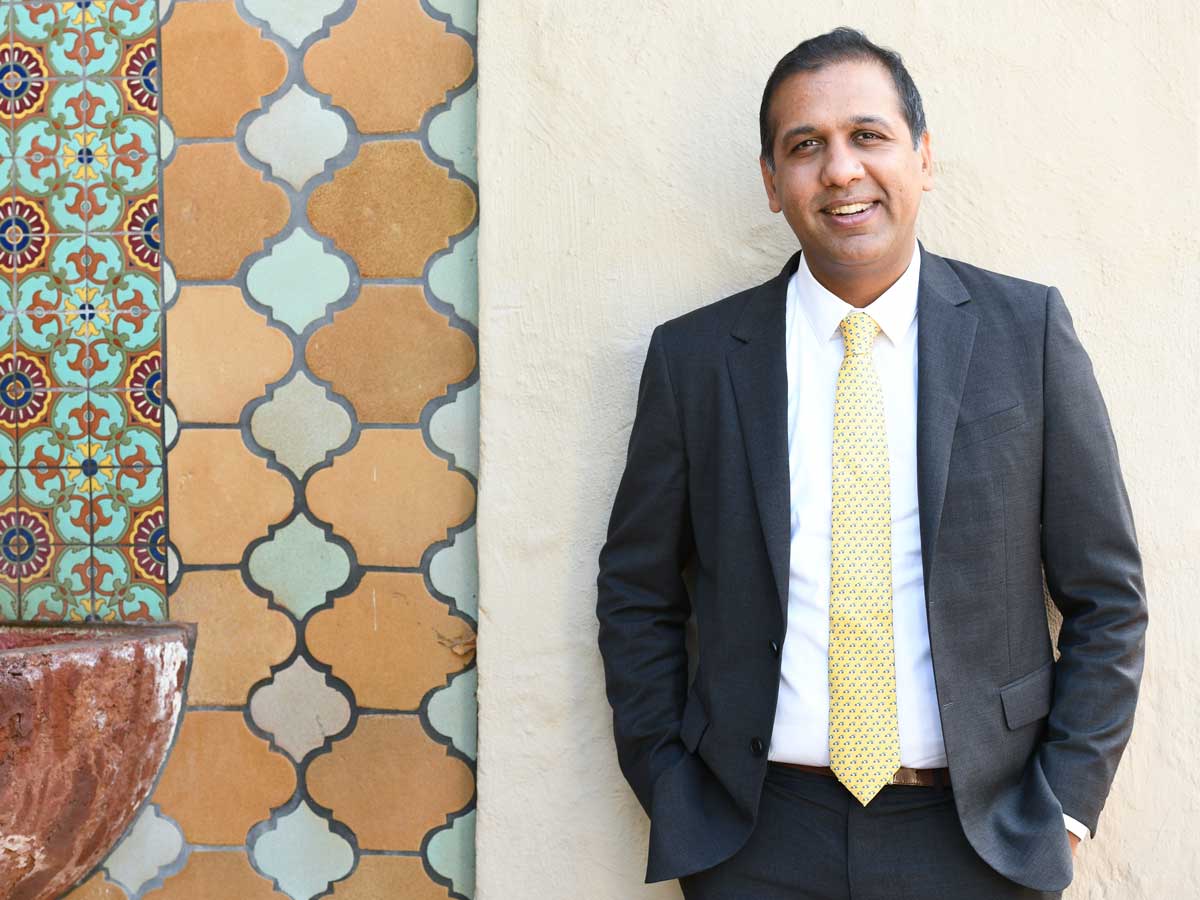
To find opportunity in times of volatility, institutional investors must consider their objectives and then expand their toolkit, said Saurabh Sud, a portfolio manager at T. Rowe Price, during the Canadian Investment Review‘s 2023 Investment Innovation Conference in November.
It’s been a challenging environment for most fixed-rate assets with surging yields and higher volatility. As a result of higher yields, institutional investors are rethinking their allocations because they can get the same returns or yields in different credit asset classes.
Sud recommended investors be attuned to the index and think in absolute return terms. “Absolute returns do not always imply positive returns. Sometimes they will deliver negative returns and will be forced to have tough conversations with their clients. By not being married to a benchmark, you are not married to a single position. So, if there is a better opportunity, you go there.”
He shared a chart that highlighted the performance of various allocations over a number of years, noting none outperformed two years in a row. That means a strategic allocation won’t be the right solution every year, especially if it’s outperformed in one given year.
However, this creates opportunities for alpha because it forces investors to be more tactical and more nimble when thinking as a multi-asset credit construct. “You’re investing across different sectors and credit constantly, evaluating relative value and where the best opportunities are while taking profits in areas that have performed well.”
There’s money to be made both on the short side and long side of duration, he said. “We have learned over the last two years that duration management can serve an important role as both a volatility dampener and alpha generator. Investors should also consider how to add value through relative value trades because most fixed income allocations are benchmark aware with embedded duration and credit beta.”
Since many pension funds are already allocated to fixed income and to credit in general, when considering taking new positions in their portfolio, he said they should ensure those asset allocations will diversify their existing fixed income or credit allocations. “That only comes when you actively manage credit beta up and down. So you need to expect your managers to manage beta as well in consideration of overall fixed income allocations.”
Similarly, when making allocations, Sud questioned whether the asset will be correlated or uncorrelated to what he already owns in his portfolio. “When you’re thinking about fixed income allocation, you need to start doing that same thing: ‘is this a stable idea or is this an alpha generator?’[By taking this approach] you can still generate risk adjusted returns in fixed income and think of it as an alpha allocation at this point in the cycle.”
Read more coverage of the 2023 Investment Innovation Conference.
